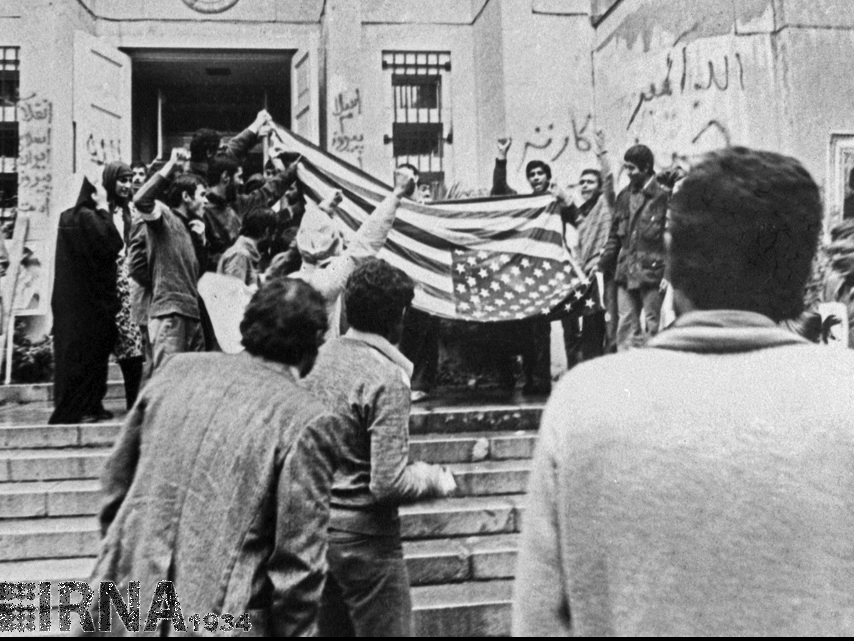Sheikholeslam, who is now an advisor to Iranian Foreign Minister Mohammad Javad Zarif, was not involved in the US embassy siege in 1979, but as the students failed in communicating with the hostages, they trusted him and invited him to enter the Embassy in order to help them as an interpreter.
Sheikholeslam accepted the invitation and entered the embassy on November 4, and was busy with translating the documents of the “den of espionage” until the last day, i.e. January 20, 1980.
38 years after that day, the Khabar Online News Agency has conducted a Farsi interview with him, a summary of which follows:
When I went there, it became clear that I was the right pick. Among 52 hostages, the first person I talked to was the CIA chief in Tehran.
One of the rooms was full of telecommunication and encryption devices. Some of the items inside the room were destroyed. On the western side of the building, there was a room in which there was a lot of microfilm powder and shredded paper and a large concrete safe. Thus, we found out that important documents have been destroyed there.
When Imam Khomeini traveled to Paris, the Americans saw they have no one around him to collect information. So they studied all the people around Imam in Paris to see which one of them could be used. Banisadr was one of those the Americans focused on. One of the most well-known and professional US missionaries went to Paris as an American who invests in Iran. He claimed that Iran was not secure and his assets were in danger, and asked for advice from Banisadr. In fact, he developed friendship with Banisadr and kept up contact with him. We found these information in the shredded documents.
They put the documents according to their importance in the shredder machine. Fortunately, the person who wanted to put them in the machine was a clumsy one. When he heard the voice of the students behind the door, he got nervous and put more documents into the machine and the shredder got stuck. The documents I am talking about were found in the shredder. (In one of them) the CIA agent says, “I gave him (Banisadr) money and I did not ask for anything. I think he understood what this means.”
The US espionage satellites were sending messages to the embassy when crossing over Iran. I understood it when I saw the “completely confidential” sign on the documents, while the documents related to Banisadr where just “confidential”. On the whole, this document was very simple saying “the lawn must be cut, pay someone to mow. Or there’s water in the Kabkan pool in Behshahr, tell someone to empty the water because it freezes and spurts out.”
